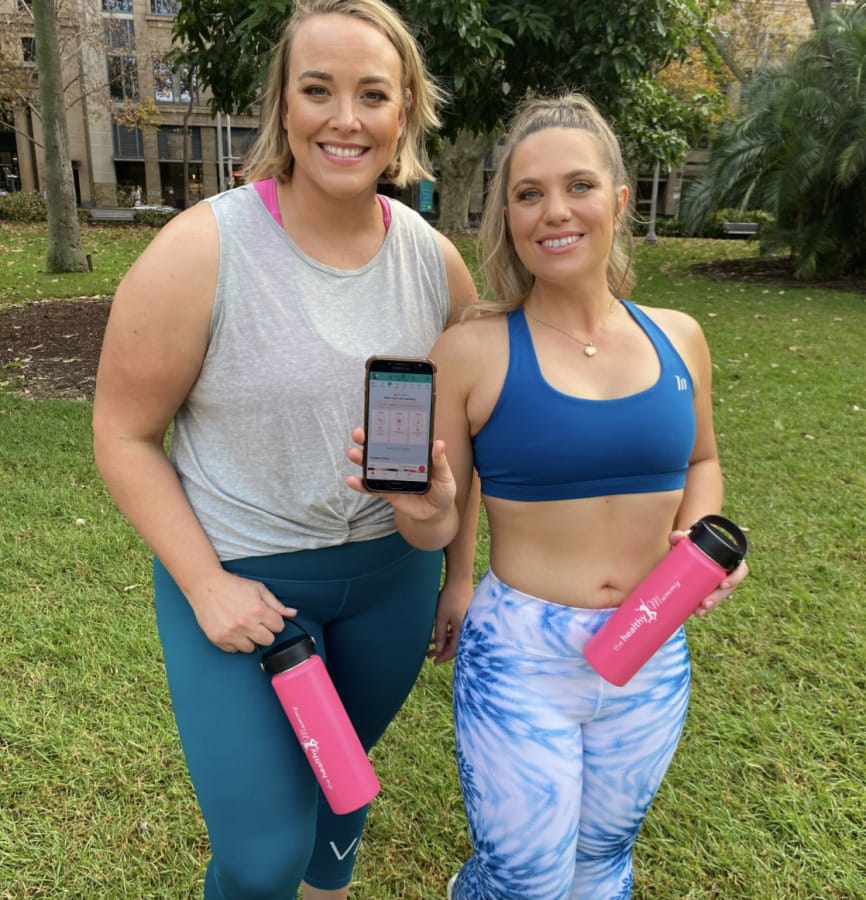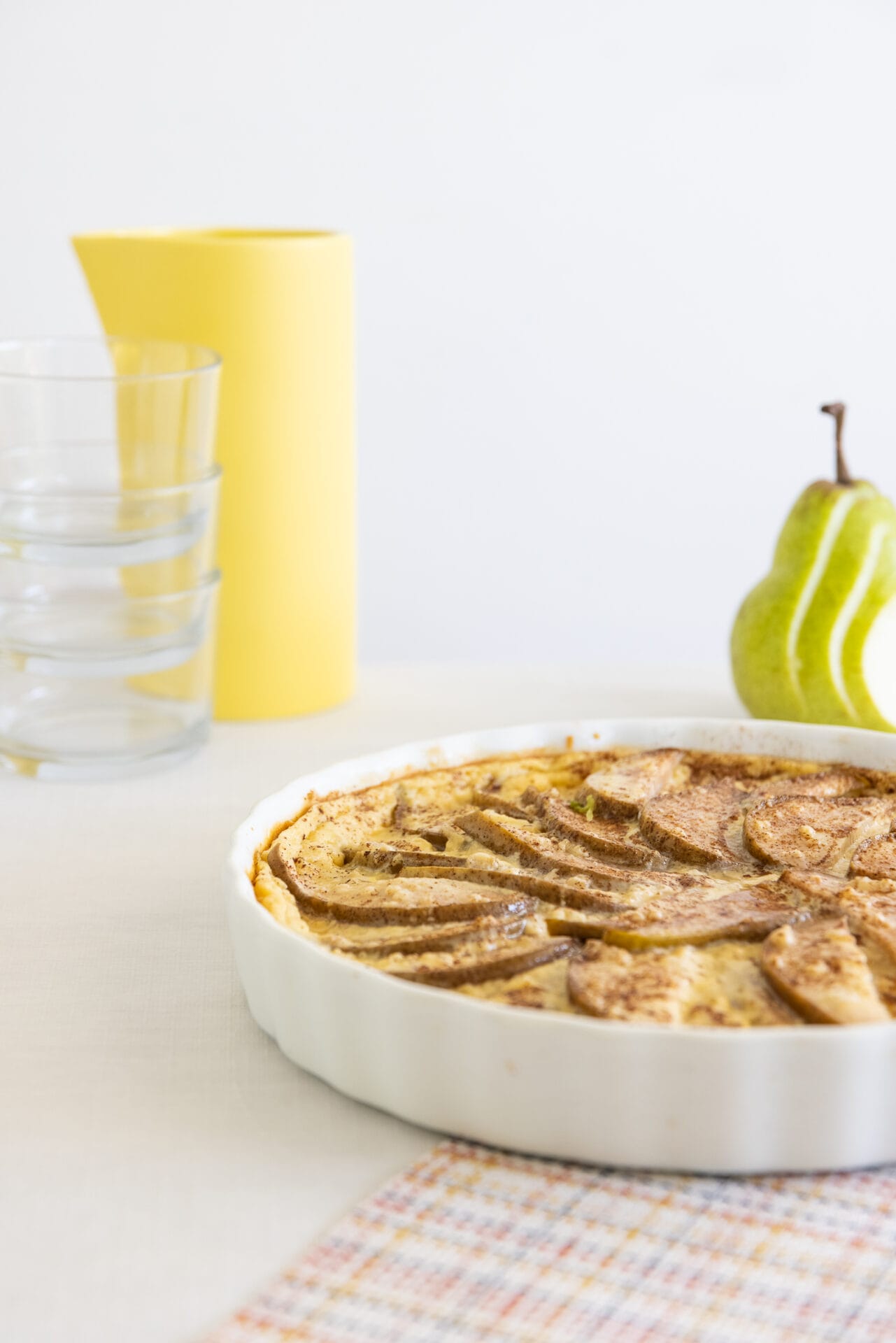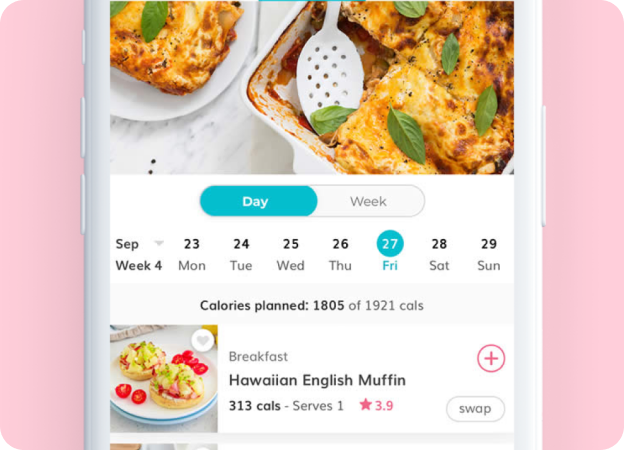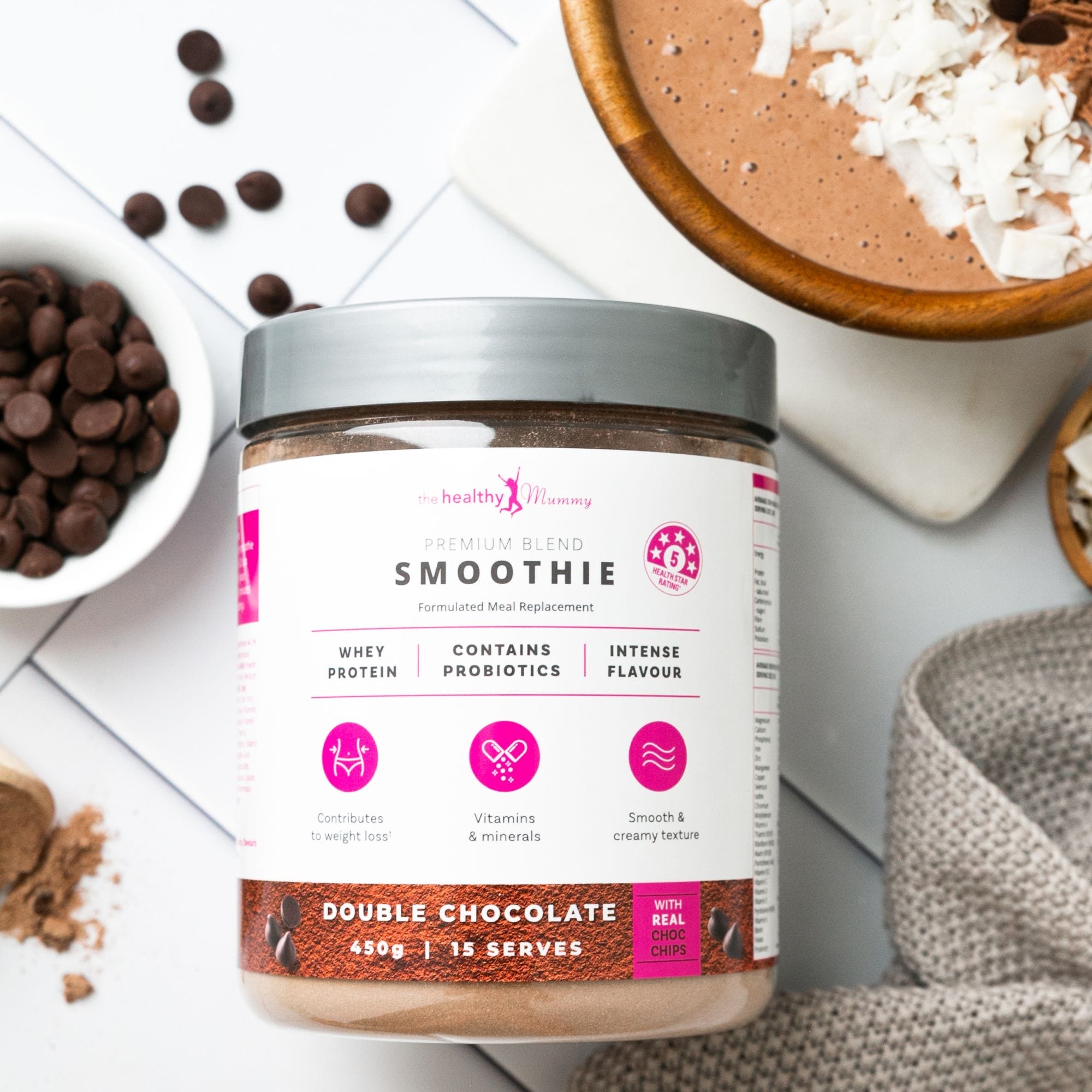Tips on how to save at supermarket, keep food longer, save on energy bills and petrol
CHOICE has also released some tips on how to save at the supermarket, keep food longer, save on energy bills and tackle the rising petrol prices.
Are you feeling the pinch due to the daily rising costs? You aren’t the only one. Rising inflation causing an increase in the cost of living is all we seem to be talking about these days. And Australians have also been seeing significant hikes in their power bills, especially in the winter months.
Australian consumer association CHOICE has released a Consumer Pulse Survey, which found that Aussies are concerned about the cost of living.
They found that nearly nine in 10 (86%) of people have anxiety about the cost of food.
In fact, CHOICE has also released some tips on how to save at the supermarket, keep food longer, save on energy bills and tackle the rising petrol prices.
We’ve also got are some handy ways to save money and keep your energy bills down. These power-saving tips will help you reduce energy costs and make your household more eco-friendly…
Plus one of the mums from out community offers her own favourite tips to help you keep costs down during this tough financial time.
Jump ahead for…
- 20 tips to save money on your grocery shop
- How to save in the kitchen
- 13 energy-saving tips to help you save money
- How to save in the car
- Mum shares tips that have saved her $600 a quarter with TODAY show
- Gemma shares how The Healthy Mummy has helped her save nearly $10,000
How to save on your groceries at the supermarket
CHOICE are asking consumers to not shop on autopilot and pay attention while they are putting things into their trolleys. Here are some tips to help you keep your next grocery shop under budget it.
1. Compare prices across supermarkets
Break down the cost of a product into standard units of measurement, such as per 100 grams, and let you compare different products more easily.
2. Switch to supermarket-brand products
Supermarket home-brand products could save you up to 40%.
3. Go for specials
Keep track of discounts and special offers and be prepared to switch supermarkets to pick up bargains.
4. Look for product refills
Opting for products that can be refilled could save money and reduce the amount of environmental waste you produce.
5. Avoid pre-cut food items
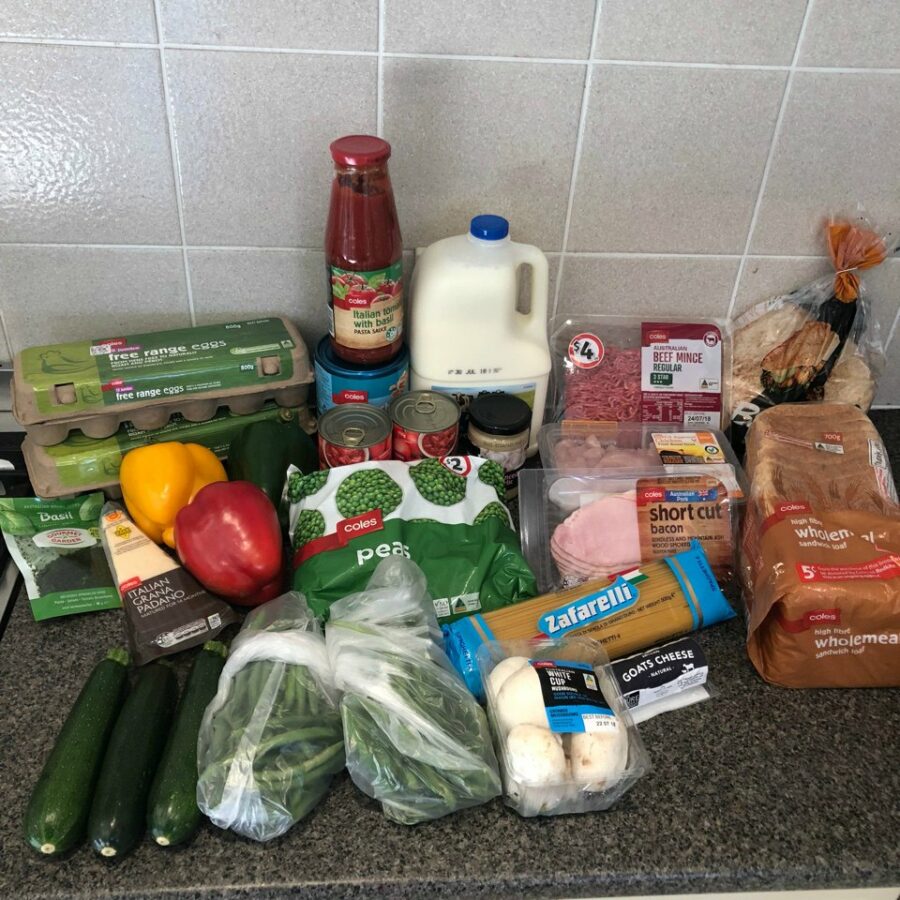
CHOICE found that pre-cut fruit and vegetables can cost up to five times as much per kilo as the unprocessed originals. For instance, grated cheese costs more than block cheese. Sliced mushrooms cost more than whole ones.
Instead, buy whole items, chop up your own vegetables and fruit at home.
6. Try different cuts of meat
Look at the price tags and opt for cheaper meat, if you need to. Chicken drumsticks could be up to three times cheaper than breasts.
There’s no need to be super strict with the meat that you use in recipes such as stir-fries, wraps, salads or soups. So if the recipe asks for pork but chicken is on special, use chicken instead.
How to get the best out of cheaper cuts of meat to help keep your grocery budget down
7. Buy frozen veg and fruit

It’s often cheaper to settle for the frozen options.
Fresh produce is good value when in season but can get very expensive if they’re out of season.
8. Plan meals ahead, and shop smaller and more often
Check what you have in your pantry. Make a meal plan and shop a little and often to avoid buying (and then wasting) things you don’t need.
9. Go veggie
Many meals contain meat, and a great way to save money is to reduce your meat intake. Feel free to remove the meat and add tofu, lentils or chickpeas instead. Plenty of traditional recipes can be changed in this way and still remain delicious.
Check out recipes for Vegetarian Pizza Scrolls and Veggie Lasagne.
10. Bulk up
When you see items on sale that you use regularly, stock up if you have room to store it. It might be almond meal, walnuts, flour, oats, or almond milk.
11. Avoid one-offs
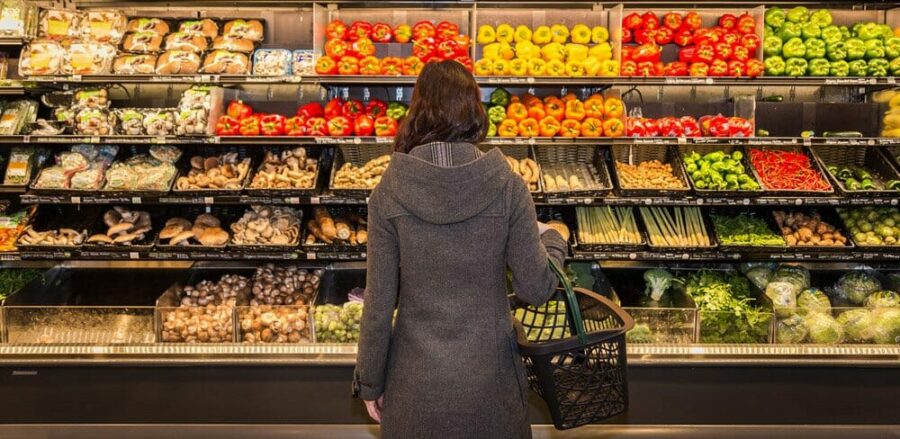
If a recipe calls for a specific ingredient that you don’t have, don’t rush out and buy it right away if you don’t think you will use it again. Choose another option from the menu or switch it out for an alternative.
12. Double up
There’s no need to cook a different meal for every lunch and dinner. Save money and time by cooking double one night and using the leftovers for another meal (or freeze to use later). Meals like Chilli Con Carne and Spaghetti Bolognese are perfect for this.
13. Use what you have
Get creative! If a recipe calls for a dollop of sour cream (that you don’t have at home) but you do have Greek yoghurt, don’t rush out to buy the sour cream. There are many swaps you can make like this when you don’t have a specific ingredient.
14. Shop online
This is a great way to visually see your bill tally up before you part with your cash. If you need to, you can cull a few items to ensure you come in under budget.
15. Avoid buying too much
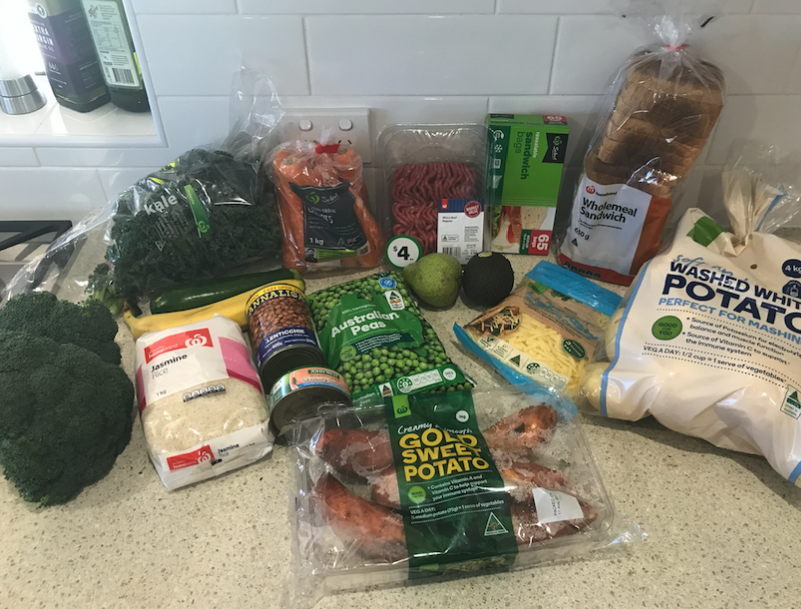
If you regularly find yourself tossing certain food in the bin that have gone bad, rethink how much of it you are buying. For instance, you might only need a small amount of baby spinach, so you could buy a handful of it loose instead of in a large bag.
Frozen veggies are another great way to prevent spoilage and are just as nutritious as the fresh variety. We use them in plenty of recipes, including this Healthy Chicken And Pineapple Fried Rice.
16. Use similar textures
Need a few tablespoons of breadcrumbs for a burger patty recipe but don’t have any to hand? Look around the pantry and see if you can find something else. Some ideas could be that you could whizz up some rolled oats or Weetbix in the food processor.
17. Watch your portions
Be sure not to cook too much if you’ll end up tossing it in the bin. Things like porridge, rice and pasta are very easy to prepare far too much of it when you cook them.
Just keep an eye on the dry product as you’re popping it into the saucepan, and note that it will expand as it cooks.
18. Use your leftover smoothies
If you made too much smoothie, pop the leftovers into an ice block mould for a tasty treat for the next day.
19. Have an easy night
A great way to save cash is to have one night a week for a super thrifty meal. Think Vegemite and avocado on toast; or a jacket potato with kidney beans and pesto.
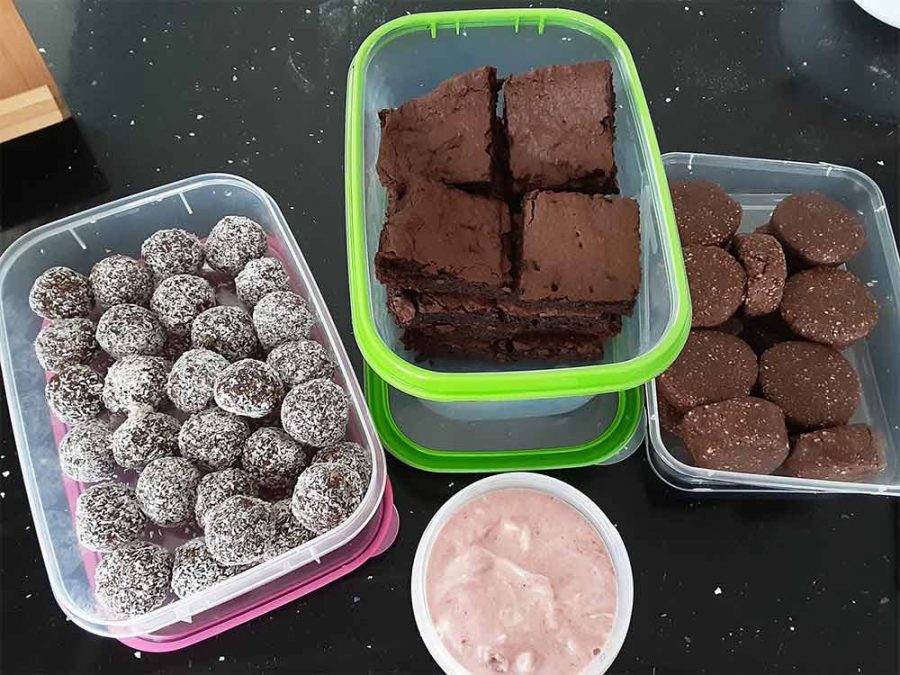
20. Package your own snacks
Instead of buying snacks for yourself or the kids in packets, buy a larger serving and package up your own in small tubs. Think popcorn, pretzels, and sultanas. You could even try making up a healthy trail mix to pop in school bags or your handbag for work.
How to save in the kitchen
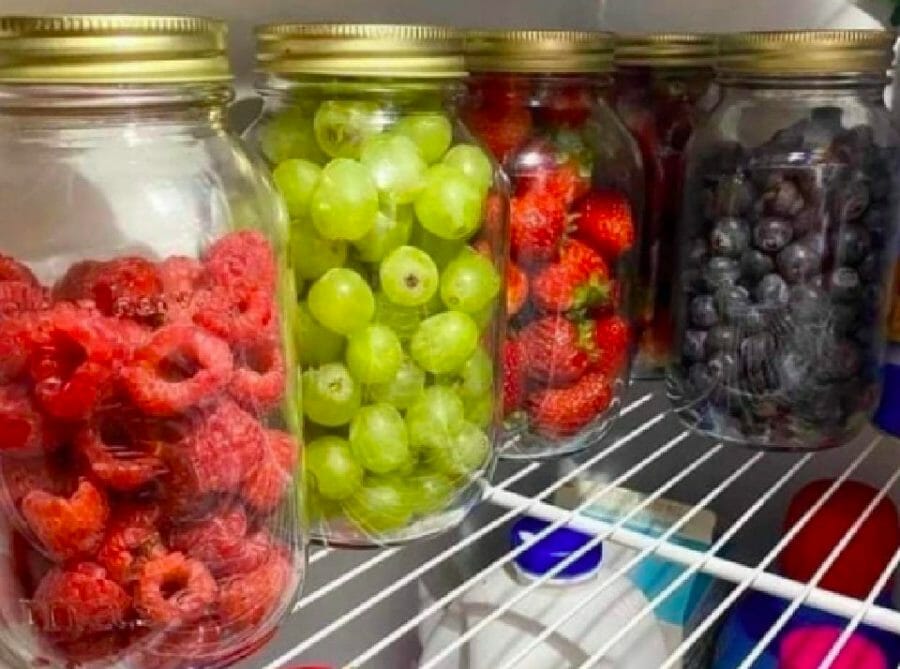
1. Keep food in the right place
Storing your food the right way is key.
Tomatoes will stay flavourful for longer, and bread will go stale less quickly if kept out of the fridge, says CHOICE. Maybe you could store bread in the freezer, so it lasts longer. Put veg in glass jars inside the fridge to last longer.
Eggs stay fresh inside the fridge also.
Find the best way to store food to make it last longer.
2. Switch to reusable wraps or containers
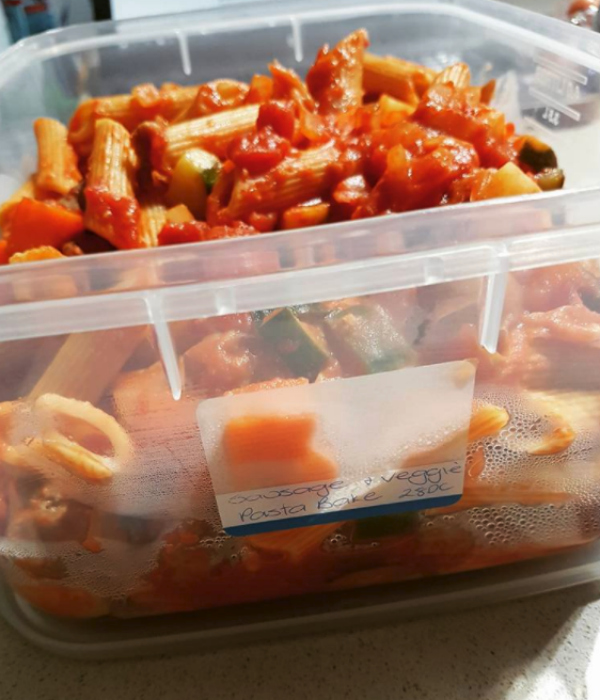
To cut down on using cling wrap and also being wasteful, try storing things in plastic containers or using reusable wraps.
3. Use your leftovers
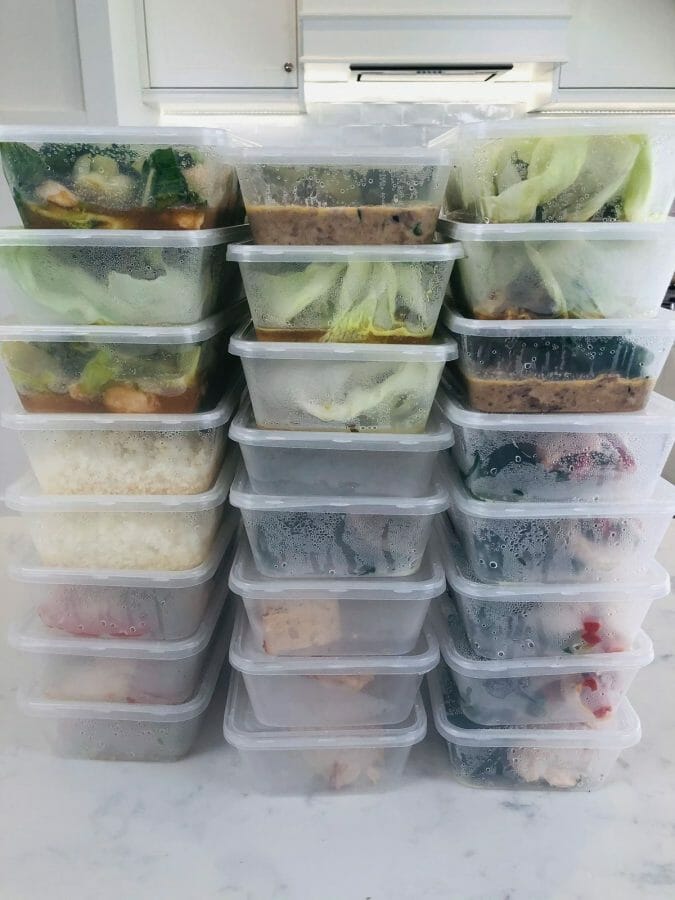
Don’t throw leftover food in the bin, they can be used for tomorrow’s lunch or put in your freezer for a meal down the line..
4. Get money-saving gadgets
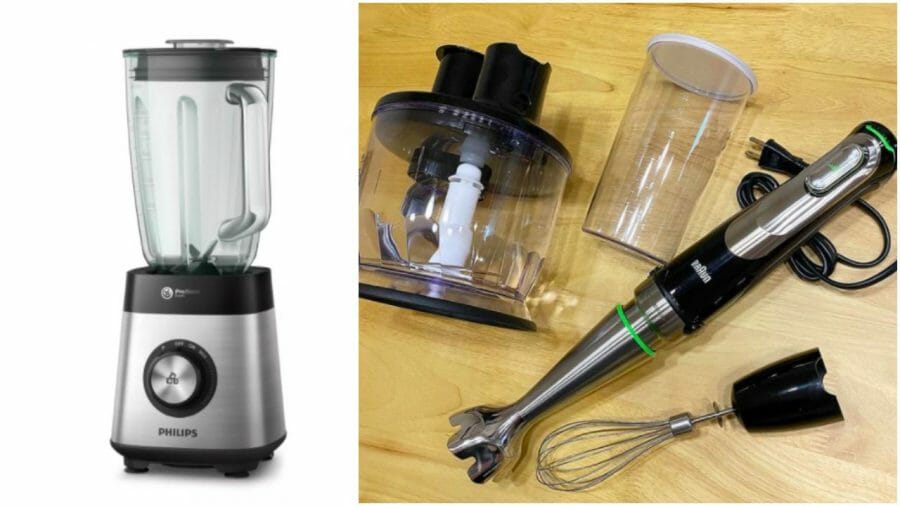
A food processor could extend the life of foods such as bread, which can be blitzed into breadcrumbs and then kept in the freezer.
A coffee machine will stop you from spending money on your daily takeaway coffee.
How to save on power

1. Get more out of your everyday appliances
Some household appliances you can’t live without – a.k.a. your washing machine. But make sure the machine is full and if you need to use your air conditioner it’s clean of debris, which means it doesn’t have to work as hard.
Or try adding a few layers instead of turning on the heater.
2. Turn off power-sucking devices
Keeping things on standby can suck the energy out of them. Turn off your router and microwave at the wall after each use.
3. Boil just enough water for a cuppa
If you boiled enough water for just a single cup of tea or coffee and did not fill the kettle any higher, you could actually be saving yourself a lot of money. The problem a lot of people have is they boil too much water. More energy is needed to boil more water.
4. Make the switch to LED energy-efficient bulbs
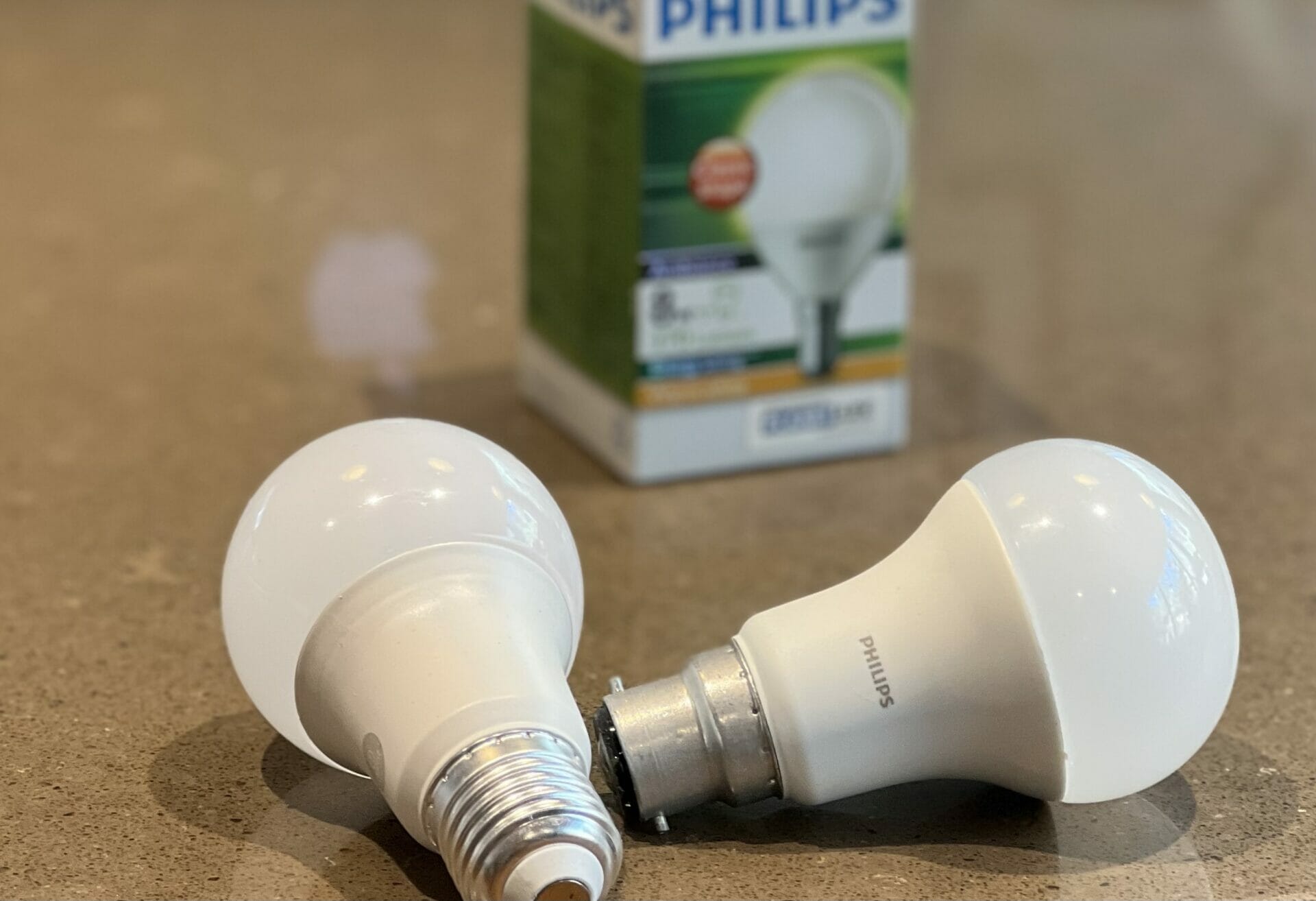
LED is a more energy-efficient lighting technology than most other lights, especially your standard bulbs. By switching to LED lights, you could help save a lot of money each month.
5. Save energy in how you wash and dry clothes
You can save some considerable cash per year by washing clothes in cold water and set on the shortest cycle.
Clothes dryers may be extremely useful but they do use lots of energy. Dry clothes and linen outside on the line when you can. If using the dryer is unavoidable, never overfill it and always clean the lint filter after each load.
When the sun is shining, it’s definitely worth getting outside and hanging your laundry on the washing line instead of the tumble dryer.
6. Give up the luxurious long baths and showers
Baths need a lot more water not only to fill but also heat than the amount of water you need to have a shower. Showering instead of taking a bath can help save on water and energy.
Around one-third of home energy use is associated with heating water, and more than half of all hot water use is in the bathroom. Reducing the length of showers and balancing water temperature by reducing hot water rather than adding cold water are two very easy energy-saving tactics.
7. Change your AC filter
Replacing an AC filter may provide energy savings of up to 15 per cent per month!
8. Unplug it if you’re not using it
Incredibly, you could save 10% every month when you unplug appliances when they are not in use. So make it as much a habit to turn things off after you use them in order to conserve energy.
9. Turn off the lights
Talking of conserving energy, the same can be said for lights. If it’s light outside, turn off your lights and don’t forget to switch things off in rooms that aren’t being used.
10. Air-dry your dishes
Like the tumble dryer, the dishwasher also uses up energy. Air dry your dishes rather than use the drying application on the dishwasher.
11. Shut doors and close windows
In cooler months, make sure your curtains or blinds seal your windows properly. In warmer months, keep your curtains closed during the day.
By keeping the sun off your windows with external shadings such as external blinds or canvas awnings, your house will remain cooler. And in the cooler months, you’ll want to stop cool air from leaking out by blocking draughts around doors and windows.
12. Find ways to save in the kitchen

Running 24 hours a day, all year round, even the smallest energy saving on your fridge freezer can make a big difference. Start by checking the door seal. If the seal is good, you shouldn’t feel any cool air escaping. The ideal fridge temperature is 4 or 5 degrees Celsius. Your ideal freezer temperature is minus 15 to minus 18 degrees.
Put frozen food in your fridge in the morning to thaw out and reduce cooking time in the evening. When you’re cooking, use the microwave when you can. Microwaves use much less energy than electric oven. Plan to cook more and have leftover meals for the next day or the whole week. Keep leftover meals in the freezer.
How to save TIME and MONEY by Bulk Cooking and Freezing
13. Staying Warm and Keeping Cool
Every degree above 20 degrees can add 10% to your heating bill. In winter, heating can account for over 30% of your bill.
In winter, set your thermostat between 18 and 20 degrees. In summer, set your thermostat to 26 degrees or above.
14. Avoid peak electricity times
Avoid using appliances like your dishwasher between 4 pm and 7 pm. This can save you up to $100 a year.
15. Get the best energy deal by renegotiating with your power provider – or find a new one
Consider renegotiating your energy plan with your provider – or finding a new one altogether.
One of the easiest ways to reduce energy costs is to compare energy offers. It’s an extremely competitive market, and it pays to shop around.
16. Commit to saving money and energy

With energy prices set to increase, now is the perfect time to ask how we can save energy in our daily life and put in the effort to make a difference in our daily routine. It only takes some small energy savings that can make a great impact! Review the energy outgoings in your home, and make sure the whole family is on the same page and committed to saving.
How to save in the car

1. Compare petrol prices
Like with your grocery bill, shop around for cheaper petrol prices.
2. Plan your trips and don’t speed

As well as potentially saving your life, driving slower can also save you money. Fuel consumption goes up dramatically once you start going over 90km/h, meaning you might have to stop off to refill your tank sooner than expected.
Short car trips use up to 20% more fuel so try to do all your errands in one go.
3. Open windows instead of using air conditioning
Turning on the air conditioning in your car can increase fuel consumption by up to 10%. If it’s hot, wind down your window.
However, an open window when you’re driving fast (over 80%) might cause your car to go slower.
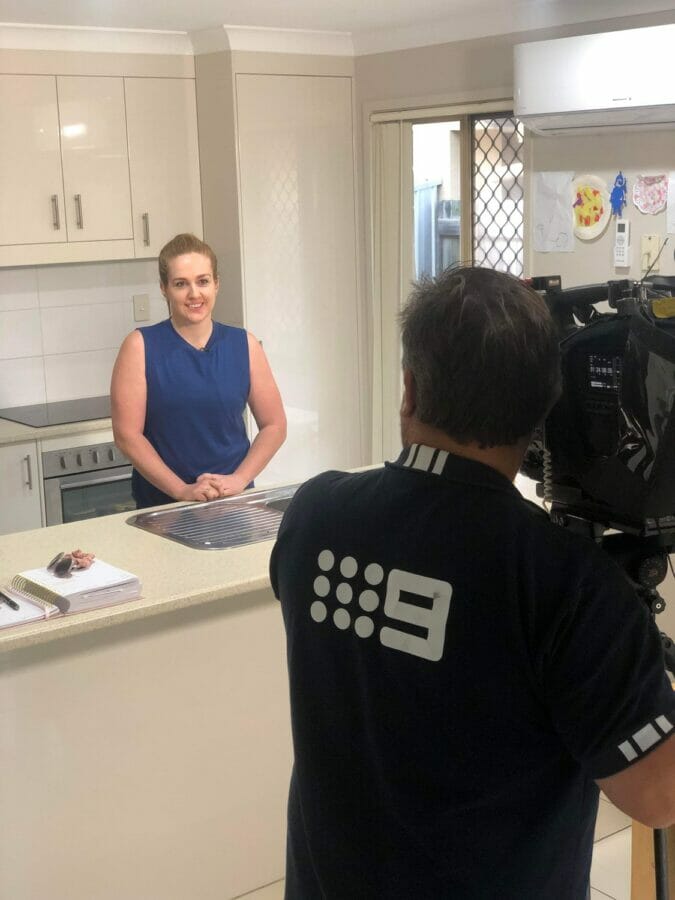
Mum of four Cat Christ shared her favourite energy-saving tips that have also helped her family save approximately $600 per quarter with the TODAY show and she’s sharing them with us.
Tips to keep the energy bill down in summer
Cat and her family live in QLD, where summers can be brutally hot but also comes with the benefits of wanting to be outside a lot more, when it’s not too hot.
- Set the aircon to 24 degrees.
- Closing blinds/ curtains when using aircon to avoid reheating rooms with the summer sun.
- Closing doors to rooms not being used to keep the occupied rooms cool.
- Enjoy BBQ’ing and outdoor cooking to avoid heating the house.
Top tips to keep the energy bill down when working from home
With many of us now making working from home a more regular thing, we all have a home office set up that can drain more energy. Here are Cat’s tips to help you keep those bills down.
- Charge laptops/phones to 100% and remove from the charger and switch off the charger at the wall.
- Switch off printers when not in use.
- Consider turning off WiFi at the end of the day.
- Have a roaming office- consider working outside or in a naturally well-lit room to avoid using extra energy throughout the day.
How to lower the energy bill in winter
Although her family live in QLD, where it’s more warmth than not, they still get some cooler winter months and she has some tips to help keep those energy costs down.
- Closing up windows and doors early to keep the heat in.
- Use the oven to make your cheesy chicken meatloaf or one-tray bake dinners to have extra heating inside the house.
General energy-saving tips to help keep those power bills down
- Do your research before purchasing new appliances and compare energy star ratings.
- Turning off devices, consoles, coffee machines and chargers when not being used.
- Meal planning to defrost items in the fridge in advance to avoid using the defrost function on the microwave.
Turning washing machine, dishwasher, TVs etc off at the wall when not being used. - Use the timer function on the washing machine to wash during off-peak times.
- Only use the washing machine when it’s full.
- Wash clothes on cold wash.
- Use a clothesline to dry washing and avoid drying unless absolutely necessary (eg LOTS of rain).
- Running the dishwasher when it’s full to avoid unnecessary washing of smaller loads.
- Turn lights and fans off as you leave rooms.
- Check the settings on your fridge/freezer and set them at the recommended temperature.
- Consider if solar is an option for you.
- Compare energy providers, a discount for multiple services may apply (like gas + electric).
How mum saved nearly $10,000 by following The Healthy Mummy!
Gemma has lost 25kg and saved nearly $10,000 in just one year by following the 28 Day Weight Loss Challenge.
In fact, amazingly, she has been able to afford an additional six months off on maternity leave!
“I have lost 25kg over the course of two years but in that time I have also had my third pregnancy and am now in my postpartum journey,” she says.
“We have saved so much money as a family just by following the Healthy Mummy!”

What Gemma has to say about saving $10,000 in the last year
‘Over the past 12 months I estimate we have saved close to $10,000! We did this by cutting down our takeaway from three times per week to one per week (savings $100 per week).
I cancelled my gym membership (savings $30 per week) and by planning out our meals and snacks to save on waste (savings $50 per week).
Thanks to welcoming our third surprise bub, I have had to make the same budget stretch to include formula (I cannot breastfeed), wipes and nappies (extra $50 per week).
Plus, with petrol being so expensive I have had to cut back our food budget by another $50. Consequently I have had to become extra budget conscious!’

Gemma’s top budget tips are:
1. Portion out your meat, veggies and fruit and freeze them
As soon as you come home with groceries portion out your meat, veggies and fruits and freeze them to stop them from going off in the fridge. BONUS if you can pre-make your meatballs and burger patties at the same time. This will save you time when you can’t be bothered cooking!
2. Pack your freezer smartly
Stock up on freezer bags/containers to save your leftovers. Get inspiration from the NEW 3 Pot Meal Plans to see how you can repurpose your leftovers into something new!
3. Look for discounts
Check out the discount section of your local fruit and veg shop! You can pick up some amazing bargains on ready ripe fruits and veg. But make sure if you buy it you know what you will use it in!
4. Swap different ingredients out
Be ready to substitute meats, vegetables and fruits in The Healthy Mummy recipes! These recipes are very forgiving! So don’t feel obligated to buy all the different fruits and vegetables, pastas and grains that are listed! Use what you have on hand! I have saved so much extra money by doing this!

“I feel amazing being able to save so much money! I also wish I had started doing this sooner because I feel like I wasted so much money,” Gemma says.
“I also feel very relieved because our third bub was a surprise and has meant we have had a lot of additional costs plus a reduction in our family income.
“Being able to afford that expenditure has meant I can take the full 12 months of maternity leave rather than have to return to work after only six months! Having this extra freedom has been so helpful!”
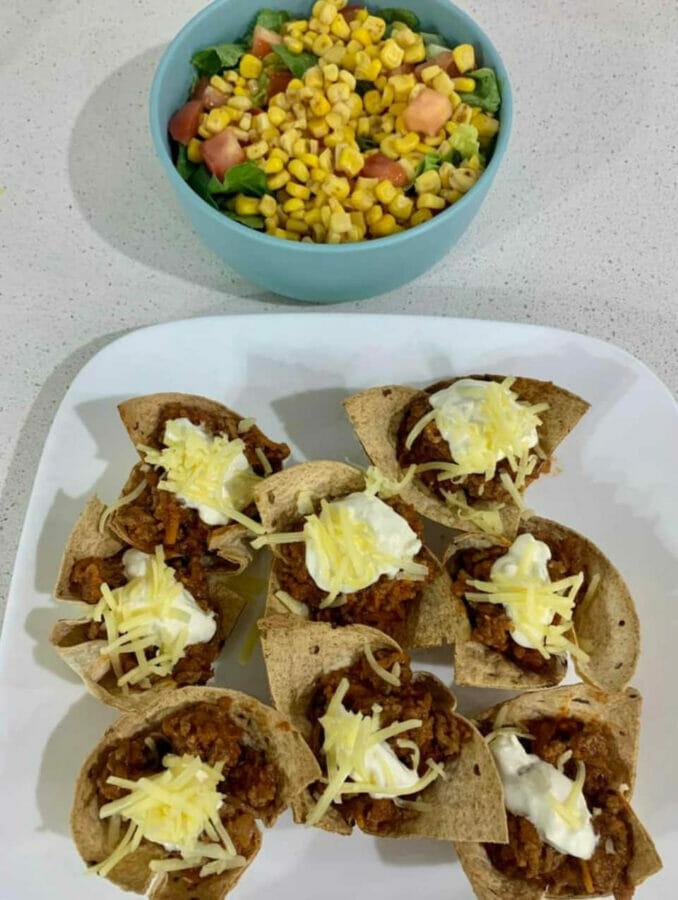
Gemma’s fave budget meals
“My favourite budget recipes are ones where I can substitute in whatever I have or where I can use a cheaper ingredient. Any of the stir fries are great for using up whatever is left in the crisper! I love the new bulk Chilli Con Carne which I use for Nachos, tacos and Mexican Lasagne.
“I also buy frozen fruits on sale for my smoothies which I also sub into my dessert recipes! Finally, I love the new Overnight Weet-Bix recipes. We ALWAYS have yoghurt and Weet-Bix in the house! It’s a great breakfast or snack!”
How Gemma began her weight loss journey with The Healthy Mummy

“Given my maternal age, pre pregnancy weight and medical conditions, I had to be very careful with my weight gain during this pregnancy,” she says.
“Following the pregnancy meal plans and workouts in the app, I managed to limit my weight gain to 8kg (as recommended by my doctor).
“This was my first Healthy Mummy pregnancy and was my healthiest and lowest risk pregnancy yet! It was so simple to stay on track with the help of the app and supportive community!”
“Post-pregnancy I have already lost 10kg at 16 weeks postpartum. This makes me 2kg lighter than my pre pregnancy weight!”

This was Gemma’s third c-section and she started by doing some gentle walking two weeks postpartum.
“Just getting out in the fresh air stopped me from feeling overwhelmed and gave me perspective. It helped to alleviate those post baby blues and feeling like I wasn’t ‘enough’,” she says.
“My advice for those first few weeks is to prioritise your rest/sleep. When I am sleep deprived I find I am more likely to overeat sugary snacks and drink too much coffee! Being tired also makes it really hard for my body to lose weight.”
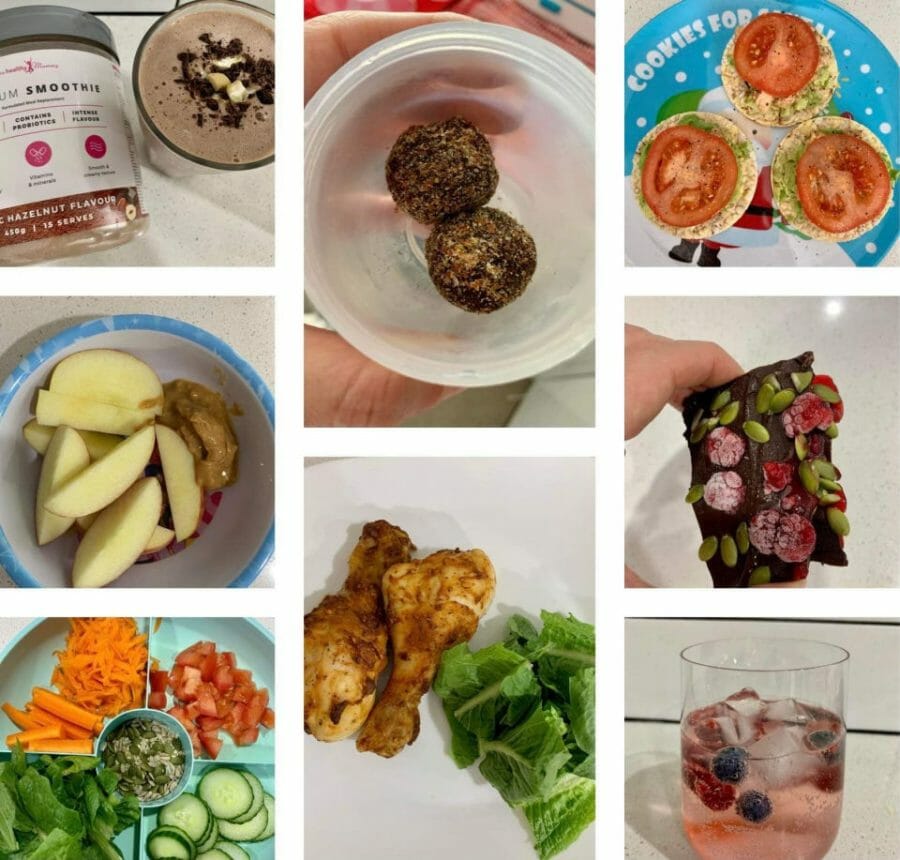
What a typical day on a plate look like for Gemma
A typical day on a plate is between 1800-1900 calories.
- Breakfast: It always includes a Healthy Mummy smoothie for breakfast.
- Lunch: Is usually dinner leftovers or smoothie.
- Dinner: I cook dinner fresh most nights and prep what I can during the day.
- Snacks: These are essential – including pre-breakfast snacks for those early morning feeds.
- Dessert: It is a MUST have! It’s my favourite time after all the chores and bedtime routines are done to chill out and enjoy a sweet treat.
“A few of my favourite quick recipes are the Dairy Free Scrambled Eggs, Bacon Cheese and Corn Loaf, Bacon and Mushroom Ravioli, Healthier Hot Dogs, Beef Burgers and Snickers Mousse. But I like to use the “5 and under” filter in the app for meal planning inspiration!
Budgeting for Busy Mums
With budget on everyone’s mind, we’ve also pulled together EVERY single money-saving tip we can get our hands on for saving, food shopping and lifestyle.
Be sure to also download our FREE Meal Prep Essentials Guide + Recipes for budget-friendly recipes and meal-prepping tips (which can save you big $$$).



